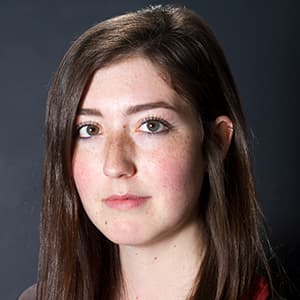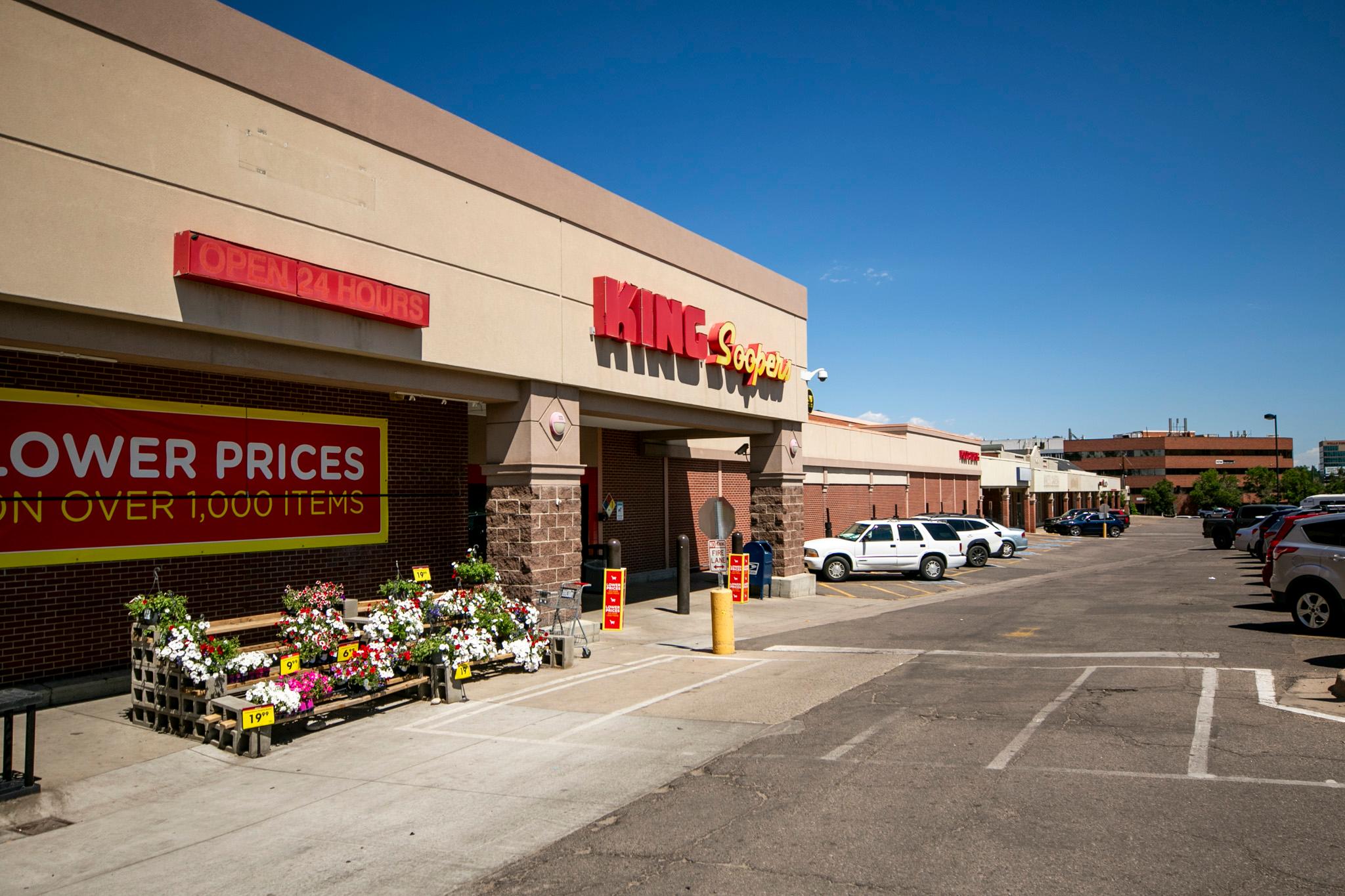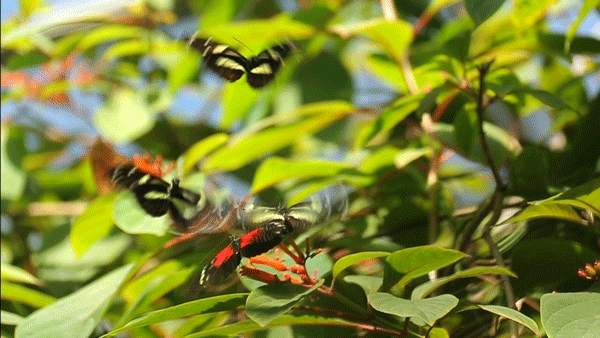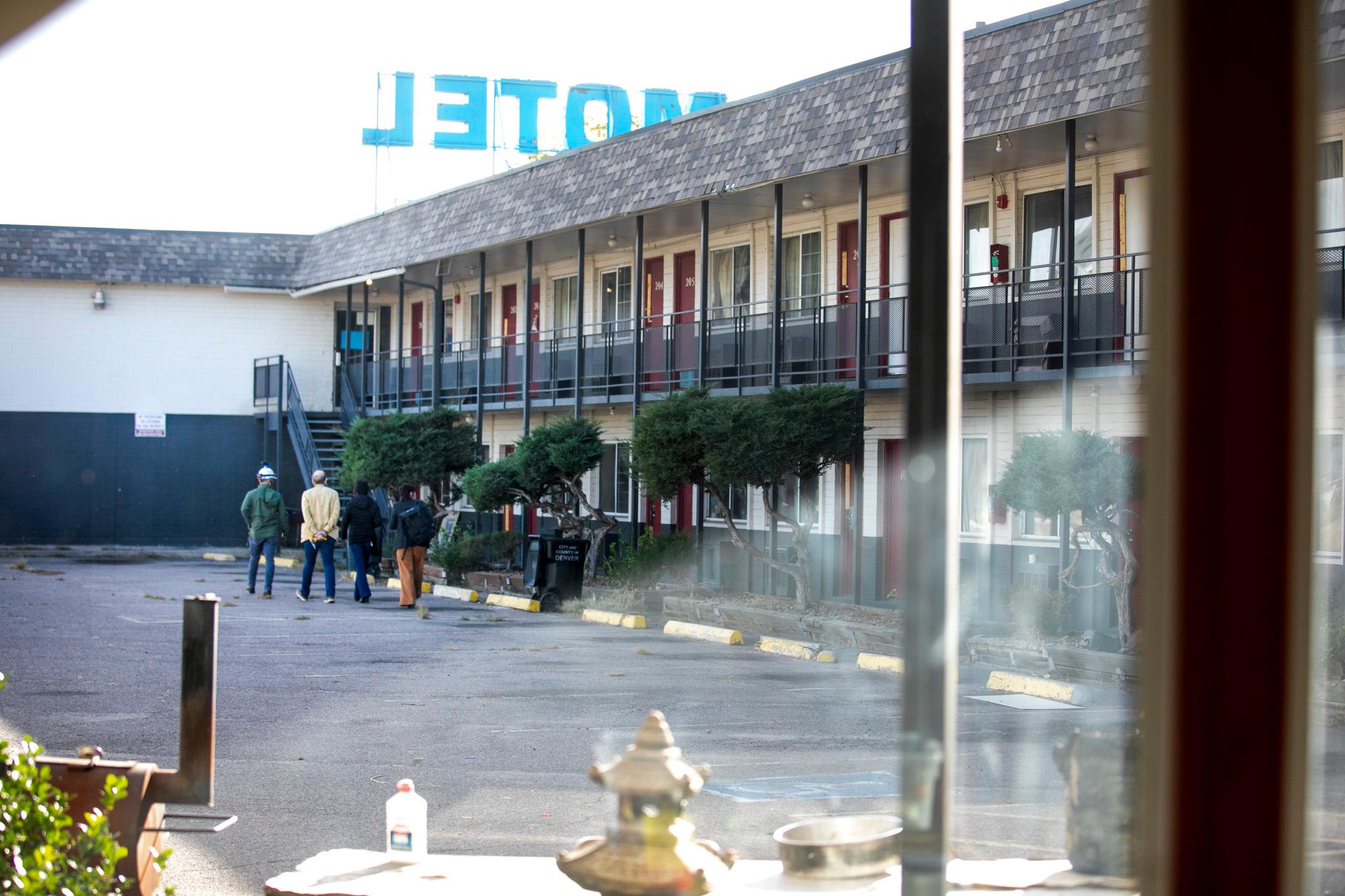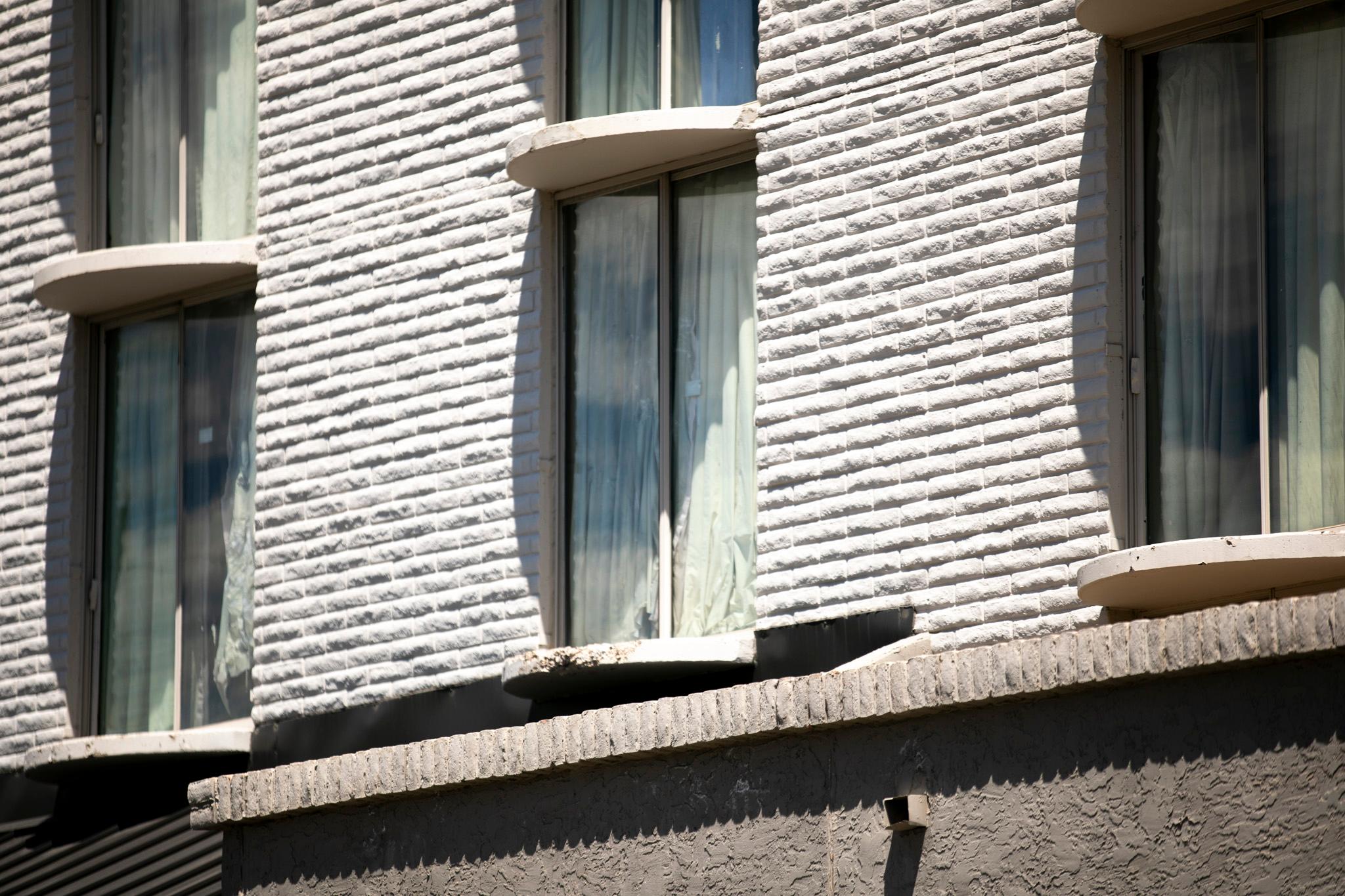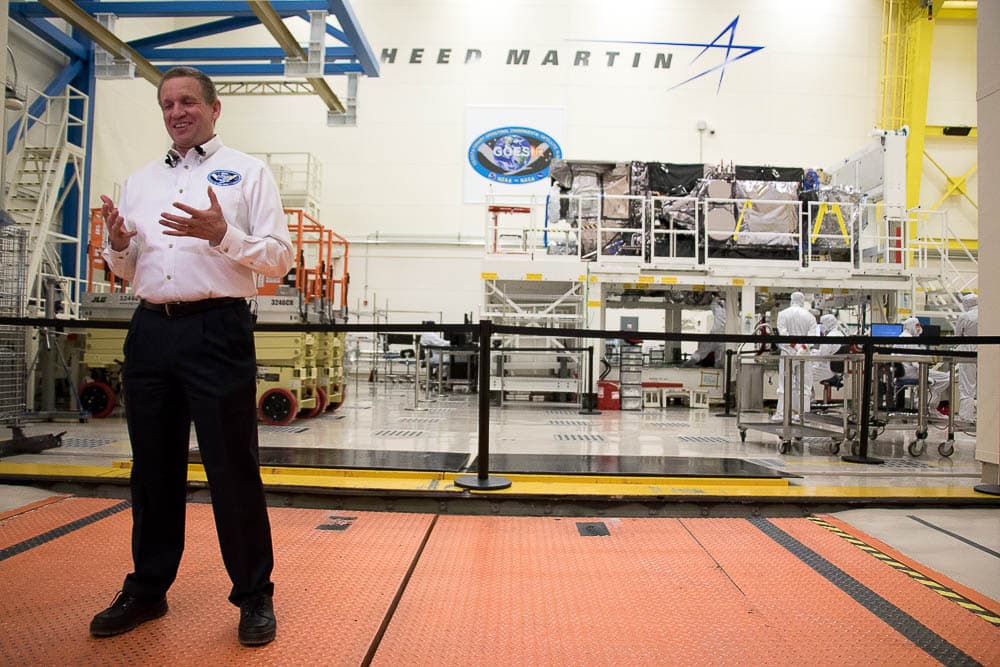
NASA will launch the first of a four-part series of weather forecasting satellites Saturday, Nov. 19.
The new installment, eight years in the making, will bring weather forecasting out of the 1980s and into the future. To celebrate, Lockheed Martin opened their Denver clean room to give an inside look at the new generation of weather satellite.
The first satellite to launch will be the GOES-R, or Geostationary Operational Environmental Satellite-R series. It marks the 16th in a series of weather satellites, dating back to 1975 with the first of the series, GOES-1.
The GOES-R and its three sister satellites, GOES-S, GOES-T and GOES-U, have three times the amount of channels, four times the resolution and will scan five times faster than the existing weather satellites.
“It’s pretty much been black and white images of clouds since the 1970s,” said Greg Mandt, National Oceanic and Atmospheric Administration (NOAA) GOES-R Program Director. He said the series will bring a change akin to the shift from black-and-white television to HD TV.
Satellites, in general, have a five-year design life. So while these updates are innovative, they come from updates in technology put in place as older satellites retire over time.
GOES-R's cutting instruments will provide full earth scans every 15 minutes, according to Goes-R Vice President and program manager Larry Gasparrini. And the most noticeable change will impact extreme weather monitoring. The National Oceanic and Atmospheric Agency (NOAA) will be able to provide images of extreme weather development to local forecasters every 30 seconds, which makes for a close to real-time time lapse.
Add to that local monitoring, and you've got a pretty good shot at predicting severe weather for the more than 300 million in the U.S. who rely on NOAA's forecasting data.
"The purpose of the GOES-R is to protect life and property," Gasparrini said.
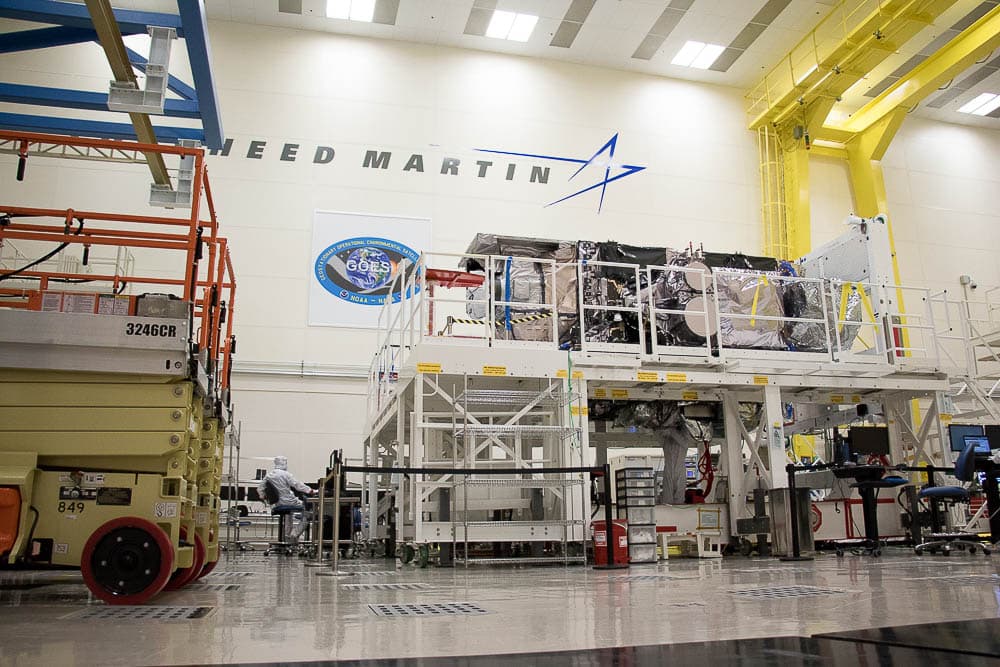
In honor of the GOES-R launch, Lockheed Martin gave a behind the scenes peek at sister satellite GOES-S, which will soon be shipped out from Littleton to begin testing for its 2018 launch.
GOES-R and GOES-S will both operate concurrently in orbit. GOES-T, which is under construction, will launch in 2019 and will function as an in-orbit spare. GOES-U's components are being assembled. It takes about two years to build a GOES satellite. Once completed, GOES-U will act as a spare satellite on the ground, should anything happen to a satellite in orbit.
All components are shipped to Lockheed Martin's Littleton facility, where they are assembled on-site. Once assembly and testing are completed, the satellites are moved to Cape Canaveral.
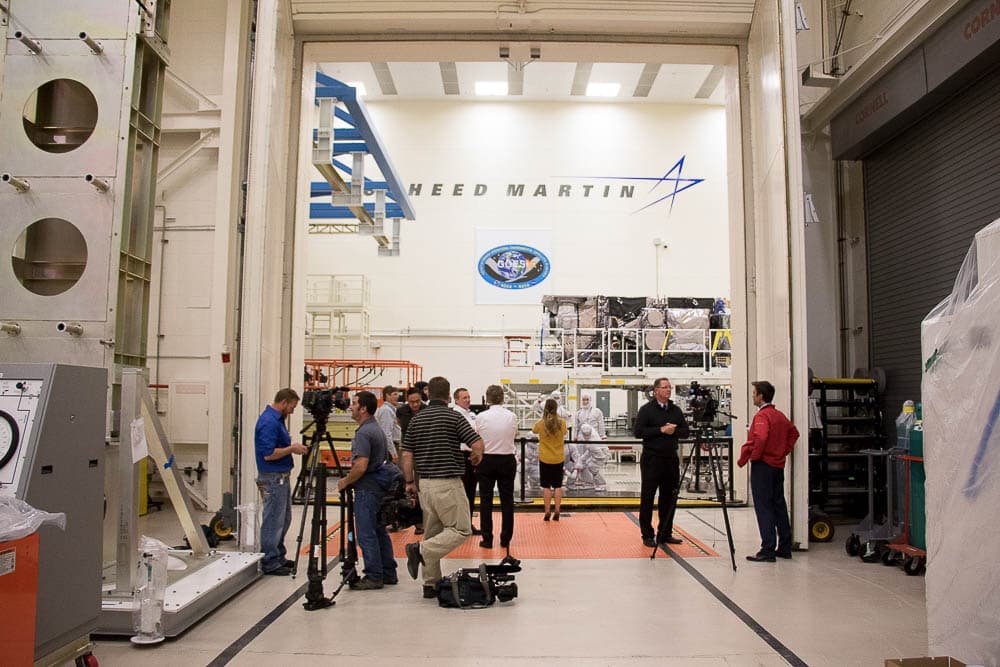
At the moment, the GOES-S is being kept in a positive pressure "clean room," in an air locked garage. Air flows from the ceiling to vents in the floor and workers are required to wear sterile suits during shifts.

These whimsical outfits, familiar to any space nerd, prevent particulates from escaping and contaminating the satellite's equipment. According to program manager Laird Kantruss, even eyelashes or fingerprints can interfere with the functionality of GOES-S's telescopes and imagers.
"The instruments themselves, they're cameras basically. Just dirt itself could damage or short something out, because in general this is an optical class of space craft," he said.

"The way they're dressed--they have gloves on, you cant even have finger prints because the oils will deposit themselves on various surfaces," Kantruss explained. "What happens when you dirty your camera lens? Same thing."
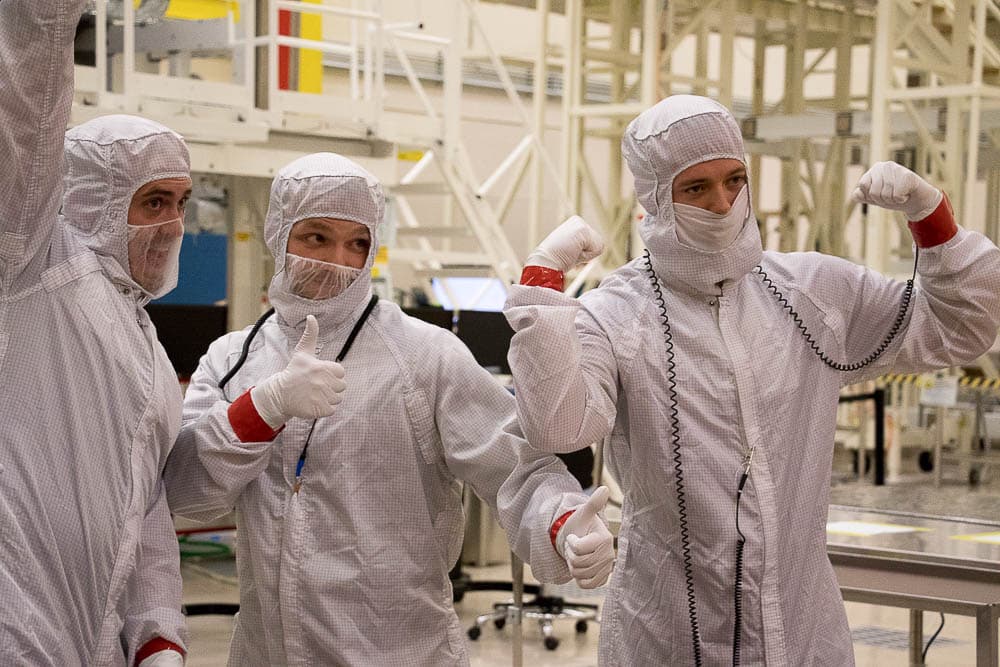
While their jobs are intensive, the various technicians and engineers who work in Lockheed Martin's clean room do find time for some fun.
GOES-R is scheduled to launch Saturday, Nov. 19, at 5:42 p.m. EST. Stream it live on NASA TV.
Multimedia business & healthcare reporter Chloe Aiello can be reached via email at [email protected] or twitter.com/chlobo_ilo.
Subscribe to Denverite’s newsletter here.
